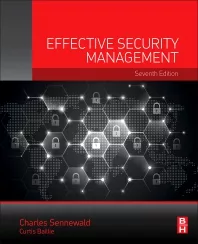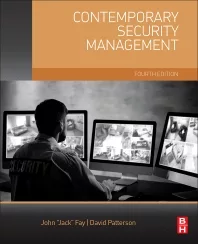Centralizing Hospital Credential Management at the Touch of a Finger
Requiring busy professionals to juggle multiple passwords in their stressful, fast-paced, mission-critical duties is extremely difficult. Enterprise single sign-on (ESSO), in tandem with the security and superior performance of biometric sensors, is essential in healthcare applications where security is a must but where it cannot interfere with critical care technicians.
With an ESSO, hospitals –
- Eliminate the multiple biometric templates that must otherwise be kept on file. With the biometric-based ESSO, one enrollment takes care of multiple uses across the whole enterprise, providing integrated identity management rather than multiple disconnected islands.
- Eliminate end-user frustrations with multiple passwords, two-tier authentication and lost tokens. Investing in ESSO both consolidates multiple applications into one location and completes a healthcare facility’s investment by merging all authentication needs to a single finger.
- Can deploy biometrically-enabled electronic medical record (EMR) software suites to further leverage the advantages of biometrics. With the simple touch of a finger, users can log into the system, sign charts, “break glass” on specially-designated patient records and provide an irrefutable audit trail allowing for the e-prescribing of all types of drugs, including controlled substances. Operational efficiency is enhanced across the board and forms the basis for a fast return on investment.
Historically, Biometrics Have Not Done the Job
Biometrics deployments in healthcare have traditionally been extremely difficult and problematic. Most conventional biometrics systems fail to operate reliably in the harsh environments and situations found in most hospitals today. Frequent hand washing, heavy use of chemicals and cleaners, the wearing of latex gloves and a wide range of demographic issues make biometrics enrollment and authentication quite difficult and challenging.
Meanwhile, secure user access to medical equipment and supplies is an ever increasing priority for hospitals. Maintaining adequate control and an effective audit trail is both a cost-saving and compliance issue. Biometrics authentication and identification is an ideal solution to both problems. But biometrics is only viable if the technology and solution can be made to work reliably for every user, every time.
Today, the cutting-edge biometric technology “multispectral fingerprint,” which has the unique ability to “see” beneath the surface layer of skin, is having a dramatic impact on user performance and real-world experience in the healthcare industry. Not only can multispectral fingerprint handle the environmental factors that can affect fingerprints, but it is also the only technology on the market today that can extract a fingerprint image from a gloved hand. It is a solution that is now showing up in healthcare facilities throughout North America and the rest of the world.
E-Prescribing Is Becoming a Prevalent Practice
The Electronic Prescriptions for Controlled Substances rule was issued by the U.S. Drug Enforcement Administration (DEA) as an amendment to the Comprehensive Drug Abuse Prevention and Control Act of 1970, commonly known as the Controlled Substances Act (CSA). According to the rule, the doctor or pharmacist creating the prescription must authenticate with two of the following: "something you know (a knowledge factor), something you have (a hard token stored separately from the computer being accessed), or something you are (biometric information).” For increased security, less-complicated management and ease of doctor/pharmacist use, most healthcare organizations prefer that one of the authentication factors be a biometric.
Genesis HealthCare recently began utilizing biometric identification software with multispectral imaging fingerprint sensors so staff may quickly, conveniently and securely establish identity when ordering, verifying or administering medications. Based in Zanesville, Ohio, the system is a not-for-profit organization that operates two hospital sites — Genesis-Bethesda and Genesis-Good Samaritan — and several affiliated health care organizations across a six-county region of southeastern Ohio.
For years, doctors and pharmacists in Ohio have been required to use two-factor authentication when electronically prescribing (e-prescribing) and, since June 2010, they have followed the DEA mandate for two-factor authentication. However, Genesis HealthCare is now meeting these requirements using biometric fingerprint identification software and multispectral imaging biometric sensors.
Currently, 2,000 clinicians and staff at Genesis are using fingerprint biometrics, leveraging multispectral imaging sensors to establish their identity to order, verify or administer medications. With these solutions in place, Genesis staff members instantly establish their identity with the simple touch of a finger, even when wearing latex gloves.
Looking for a reprint of this article?
From high-res PDFs to custom plaques, order your copy today!





